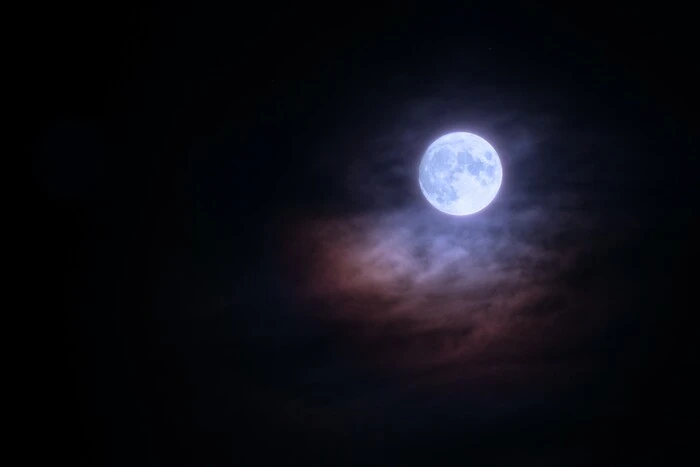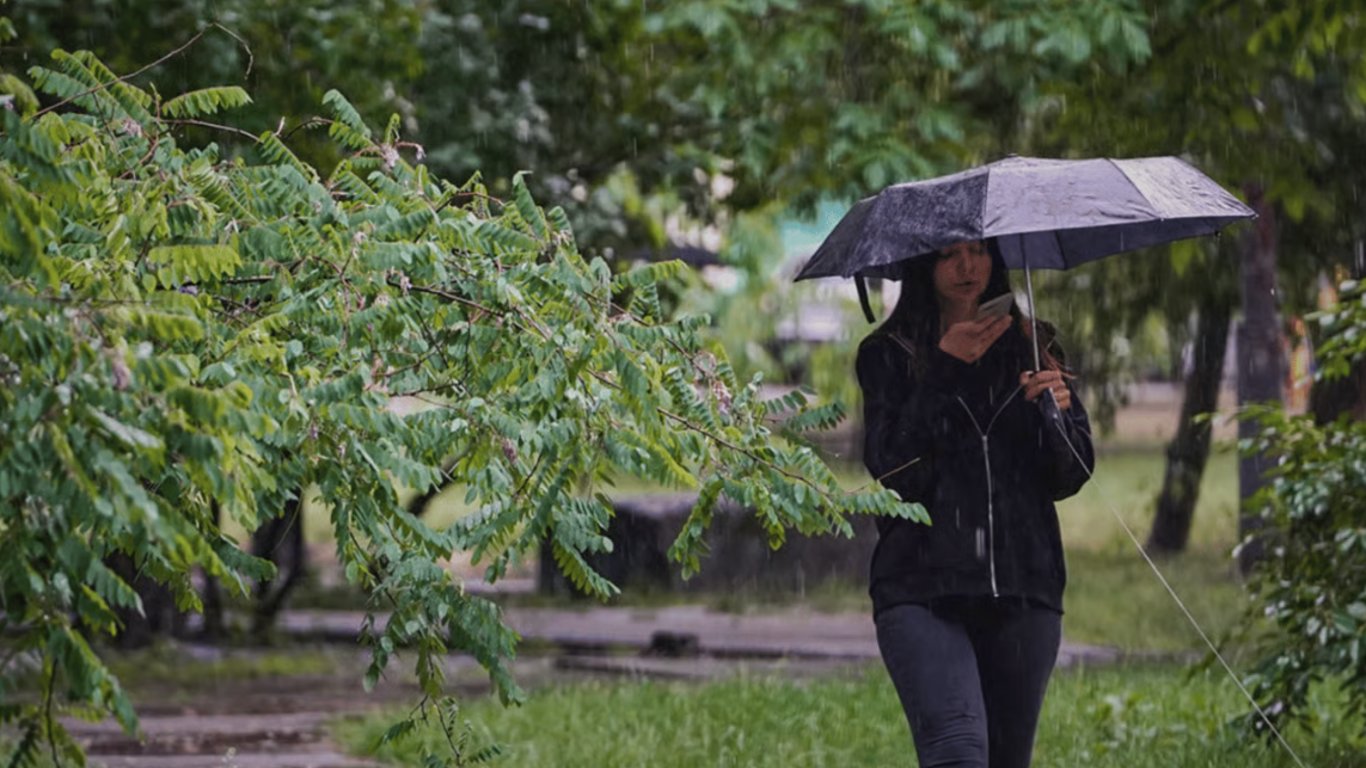Ukrainians to Witness the Hunter's Supermoon: When and Where to Observe the Unique Phenomenon.


Ukrainians and people around the world will be able to observe the brightest supermoon of this year - the Hunter's Moon, which will be visible on October 17th, Thursday. This information is provided by CBSNews.
The Hunter's Moon is an ancient name for the full moon, which indicates the start of hunting. However, there are also other ancient names for this October Moon, such as Blood Moon, Traveler's Moon, or Leaf-falling Moon.
Why will the Moon on October 17th be very bright?
The next full moon will be a supermoon because it will appear brighter and larger due to its close proximity to Earth.
Scientists explain that as the Earth revolves around the Sun in an elliptical orbit, the Moon also moves in an oval orbit around the Earth. This means that the distance between them can vary.
According to NASA, this distance ranges from approximately 363,000 to 404,000 kilometers. When the full moon is closer to Earth, it is called a supermoon.
Astronomers note that supermoons occur only a few times a year, usually three or four times, because the Moon's proximity to Earth rarely coincides with the full phase.
This week's Hunter's Moon will be the third of four consecutive supermoons, NASA reports. It falls on Thursday, October 17th, and comes after the Moon, approximately a day before reaching the closest point to Earth. Therefore, this supermoon is expected to be the largest and brightest in 2024.
When and how to observe
According to NASA, the best Time to observe the Hunter's Moon is when it rises above the eastern horizon right after sunset. For the best view, astronomers advise looking slightly above the horizon. This natural beauty can be observed for several days in a row.
Recall that it was previously known that NASA plans to build stations on the Moon and Mars using fungi and soil.
Additionally, scientists from China studied the composition of soil delivered from the far side of the Moon. The lunar soil samples brought by the Chang'e 6 mission consist mainly of basalt, breccia, cementite, light-colored rocks, and glassy material. Basalt fragments make up about 30 to 40% of the samples overall.
Incidentally, on June 2, a Chinese unmanned spacecraft made its first landing on the far side of the Moon. This landing has elevated China's status as a space power in the global competition for the Moon, where other countries, including the United States, plan to utilize lunar resources to support long-term astronaut missions and lunar bases in the coming decades.
Read also
- Child Property — What Parents Are Not Allowed to Do by Law
- Support for Families of Missing Military Personnel — What Benefits Are Available
- Inheritance may be received by the community - when property transitions to the state
- Rain and Thunderstorms Across Ukraine - Weather Forecast for Today
- Remote Pension Application - What You Need to Know in 2025
- Entrances of the USSR — why the walls were painted blue and green









